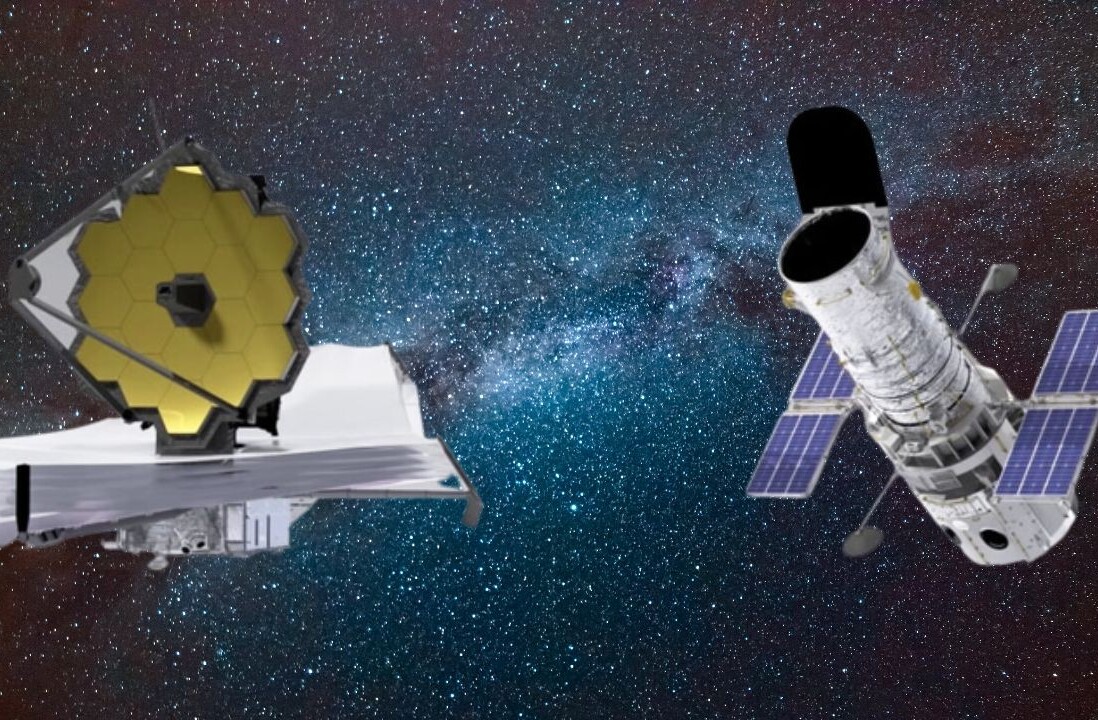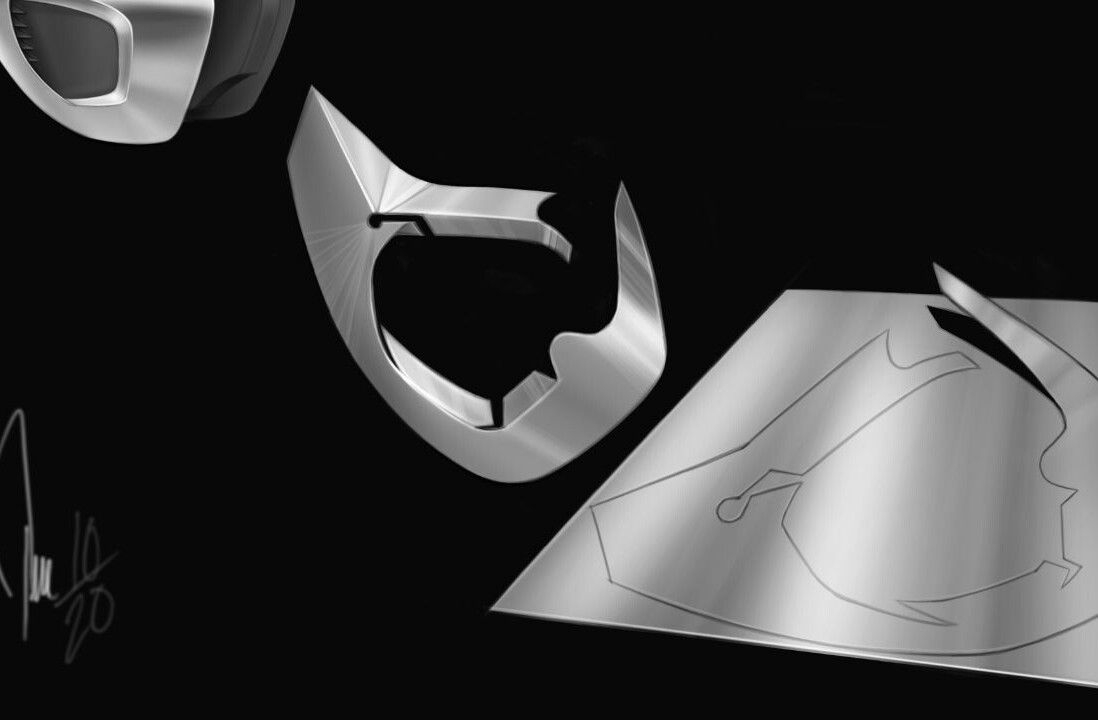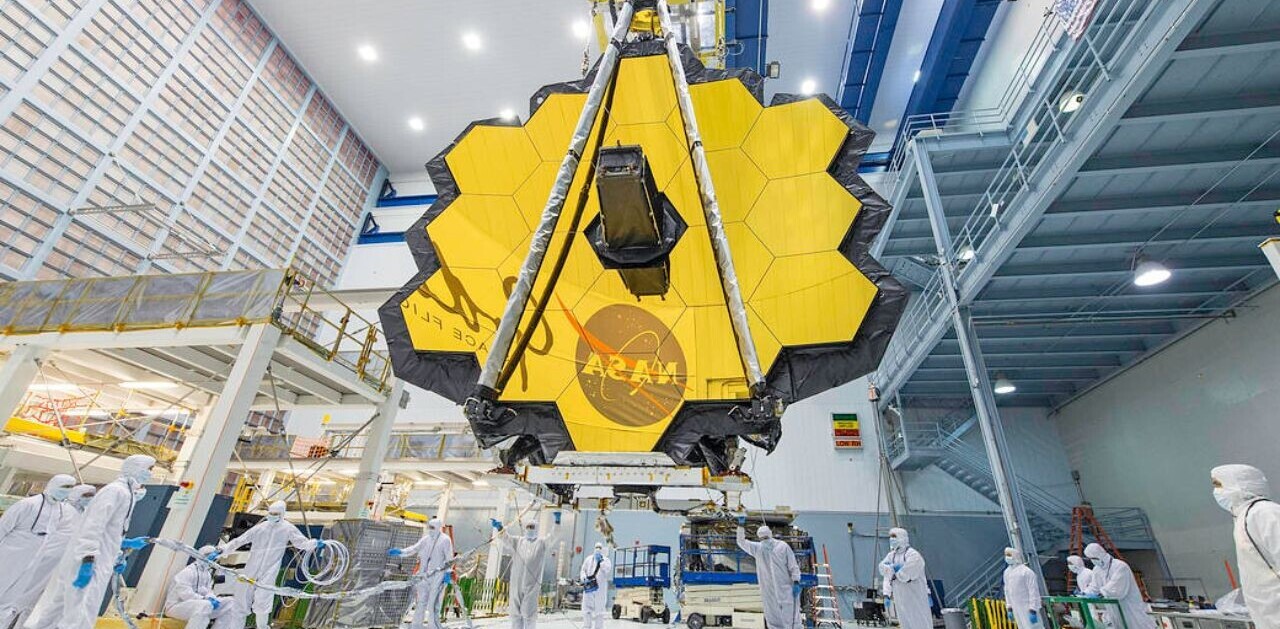
NASA is returning to Venus for the first time in over 30 years to study how Earth’s sister planet became uninhabitable.
The space agency has selected two new missions to Venus that are expected to launch between 2028 and 2030. They will study why a planet with a similar mass, size, and composition to our own turned into a blazing hellhole, while Earth became fractionally more hospitable.
The first mission, named Davinci+, will analyze Venus’ dense atmosphere and determine whether it ever had an ocean. It will also take pictures of geologic features known as tesserae, which NASA believes could be similar to Earth’s continents, suggesting the planet has plate tectonics.
The second mission, Veritas, will map the planet’s surface to understand how its geologic history evolved so differently to Earth’s. It will also study whether Venus has active volcanoes that are releasing water vapor into the atmosphere.
[Read: This dude drove an EV from the Netherlands to New Zealand — here are his 3 top road trip tips]
“We hope these missions will further our understanding of how Earth evolved and why it’s currently habitable when others in our solar system are now,” said NASA administrator Bill Nelson at a press conference on Wednesday.
In today's #StateOfNASA address, we announced two new @NASASolarSystem missions to study the planet Venus, which we haven't visited in over 30 years! DAVINCI+ will analyze Venus’ atmosphere, and VERITAS will map Venus’ surface. pic.twitter.com/yC5Etbpgb8
— NASA (@NASA) June 2, 2021
Each mission will be joined by a technology demonstrator, as was the case when the Perseverance rover carried the Ingenuity helicopter to Mars.
Veritas will host the Deep Space Atomic Clock-2, which NASA says will help enable future autonomous spacecraft maneuvers and enhance radio science observations.
Davinci+, meanwhile, will carry the Compact Ultraviolet to Visible Imaging Spectrometer (CUVIS), which will use a new instrument based on freeform optics to measure ultraviolet light from Venus.
The missions will be NASA’s first expeditions to Venus since 1990. In the years since, the space agency has sent a range of spacecraft to Mars, while neglecting its larger sibling. It’s now finally making a return trip to Earth’s nearest planetary neighbor, which may have been the first habitable planet in our solar system.
Get the TNW newsletter
Get the most important tech news in your inbox each week.




